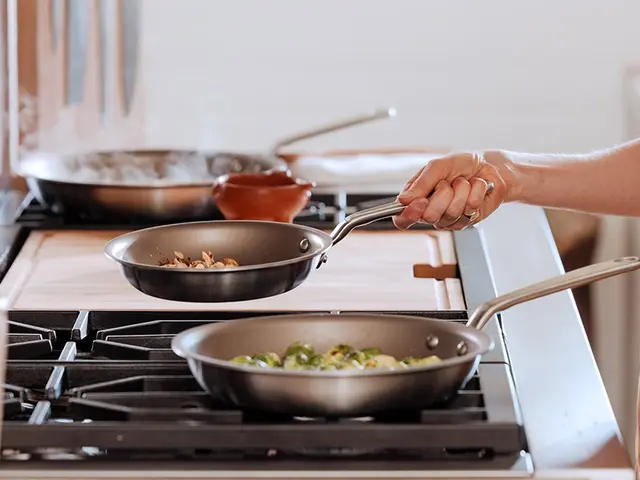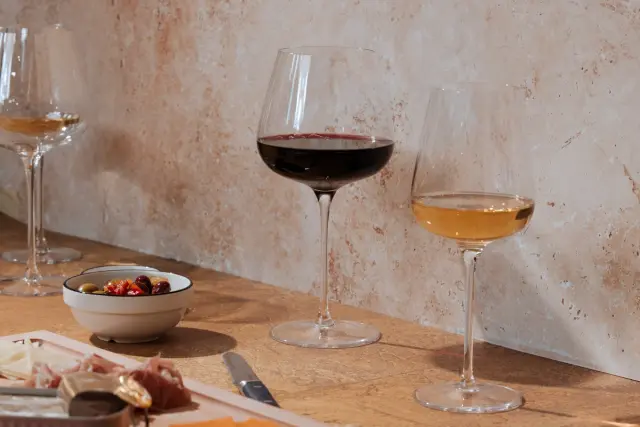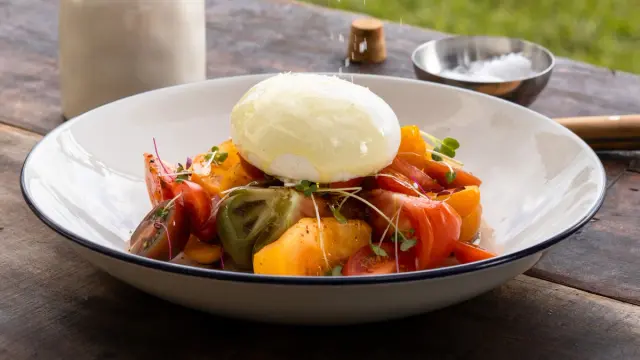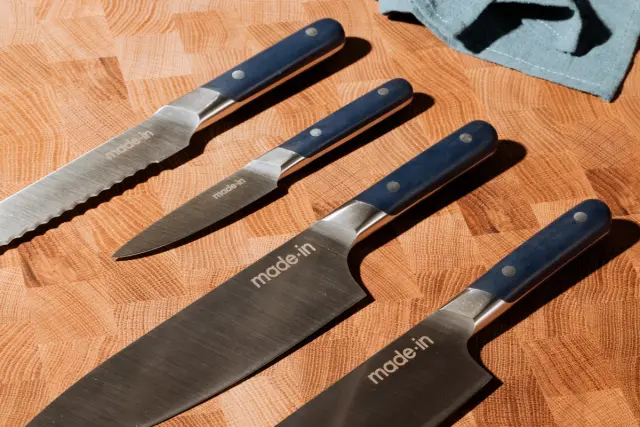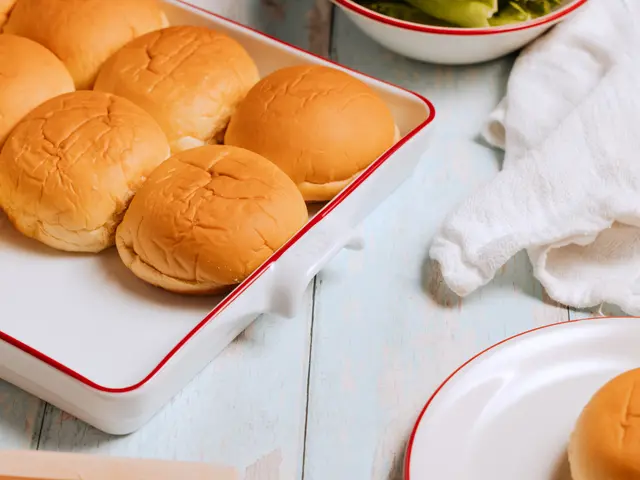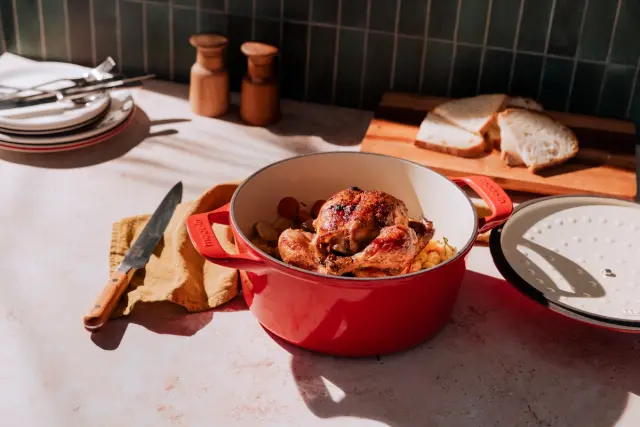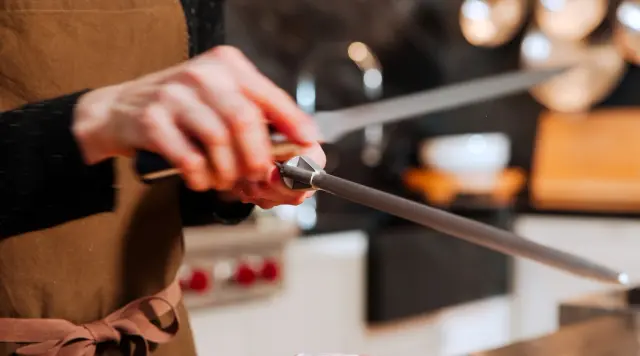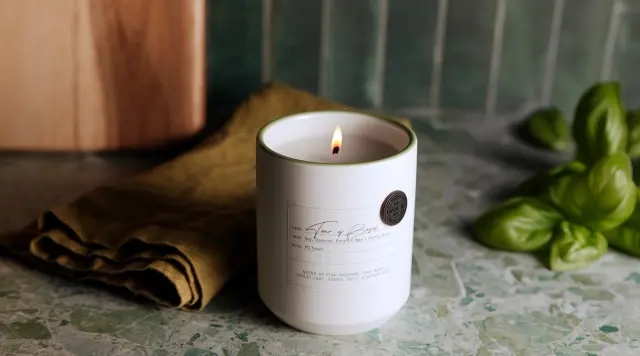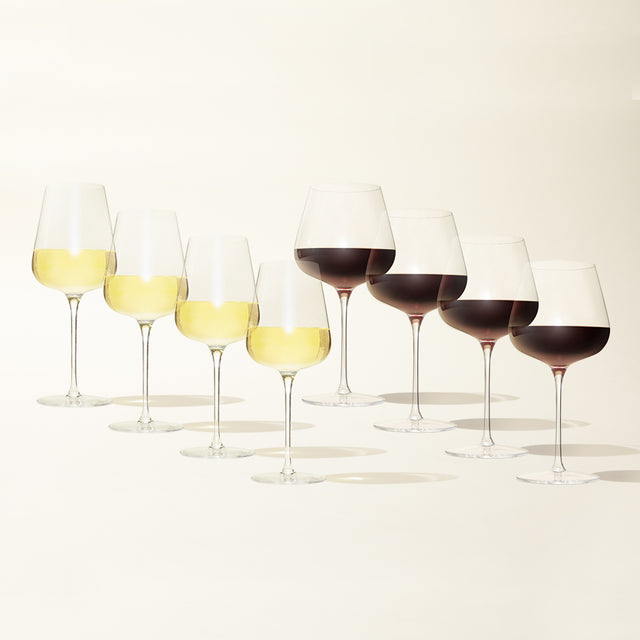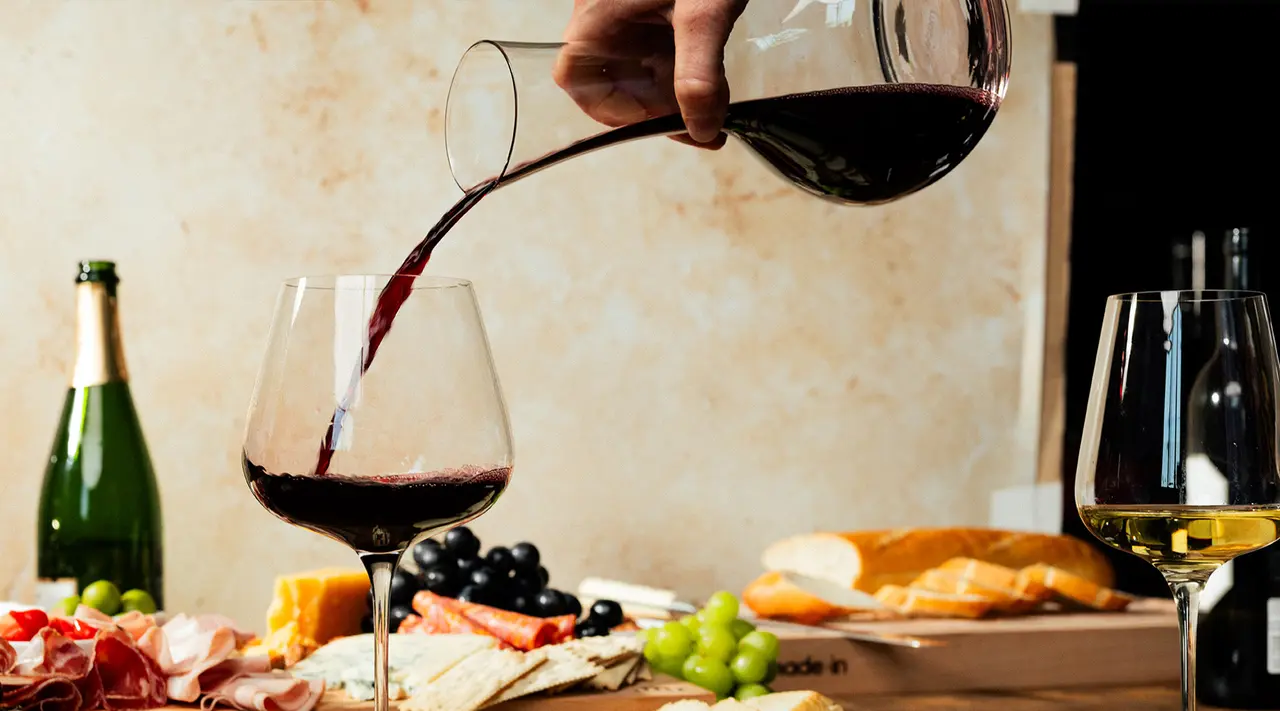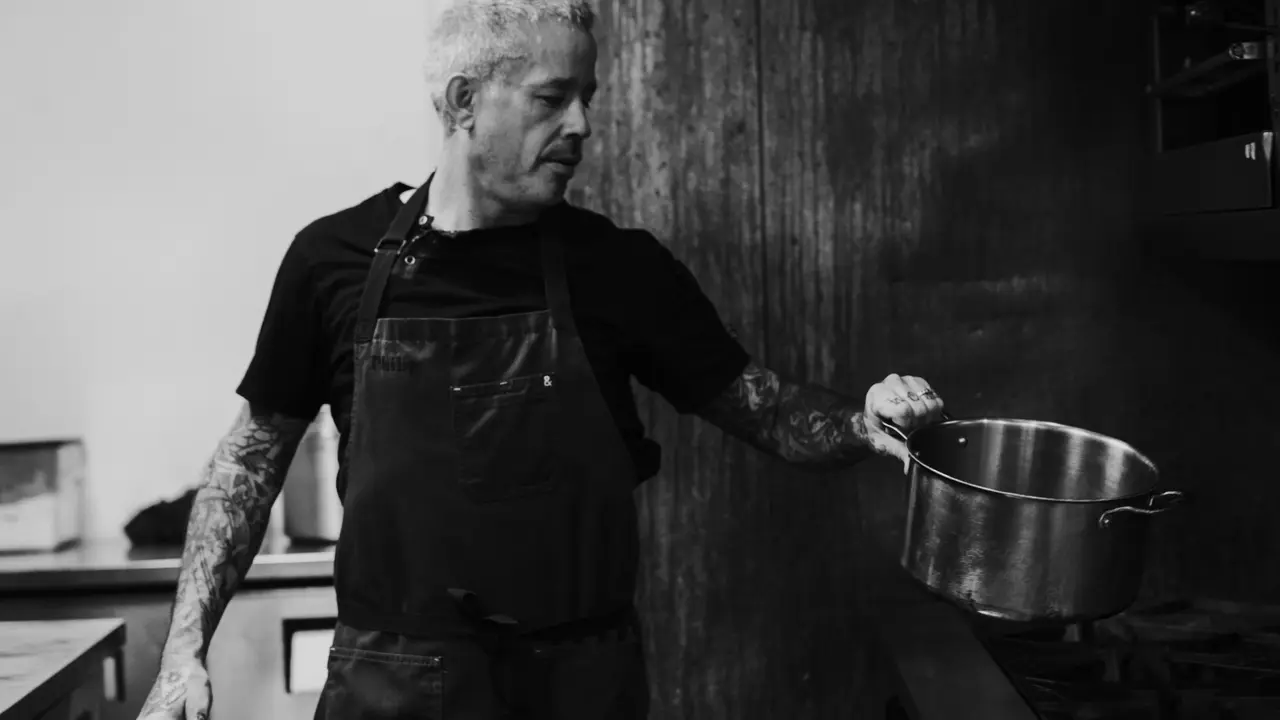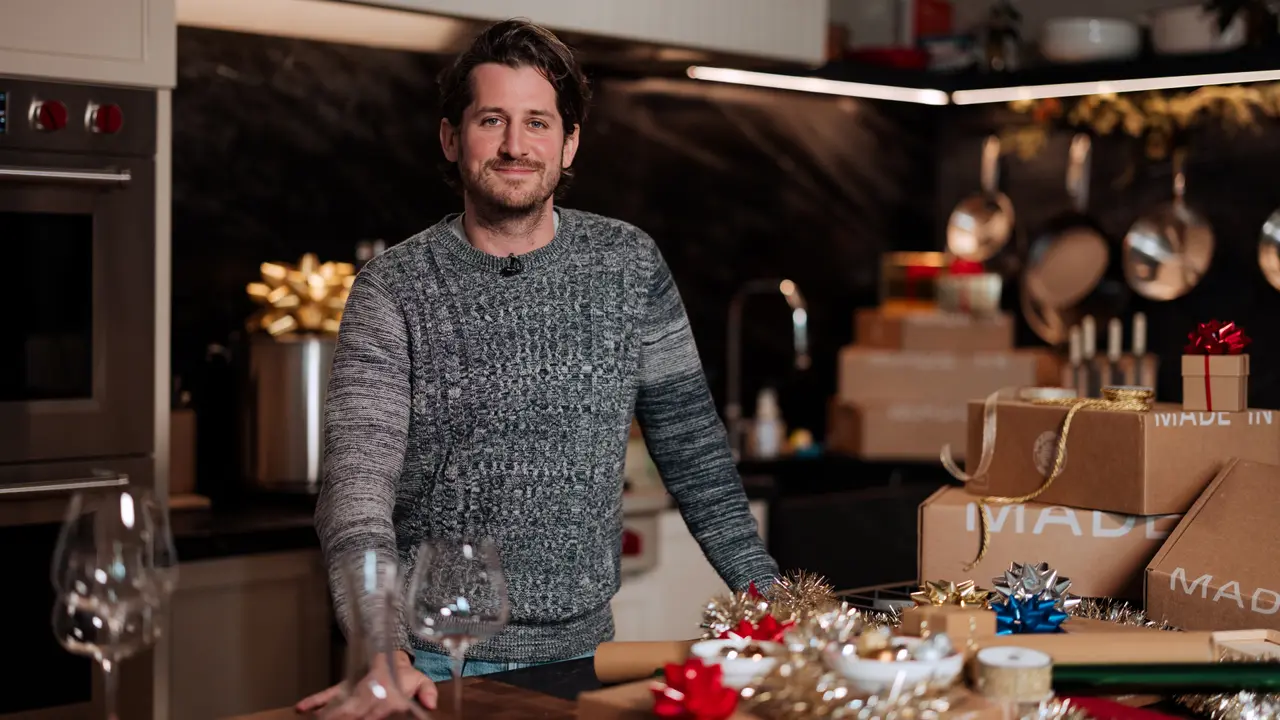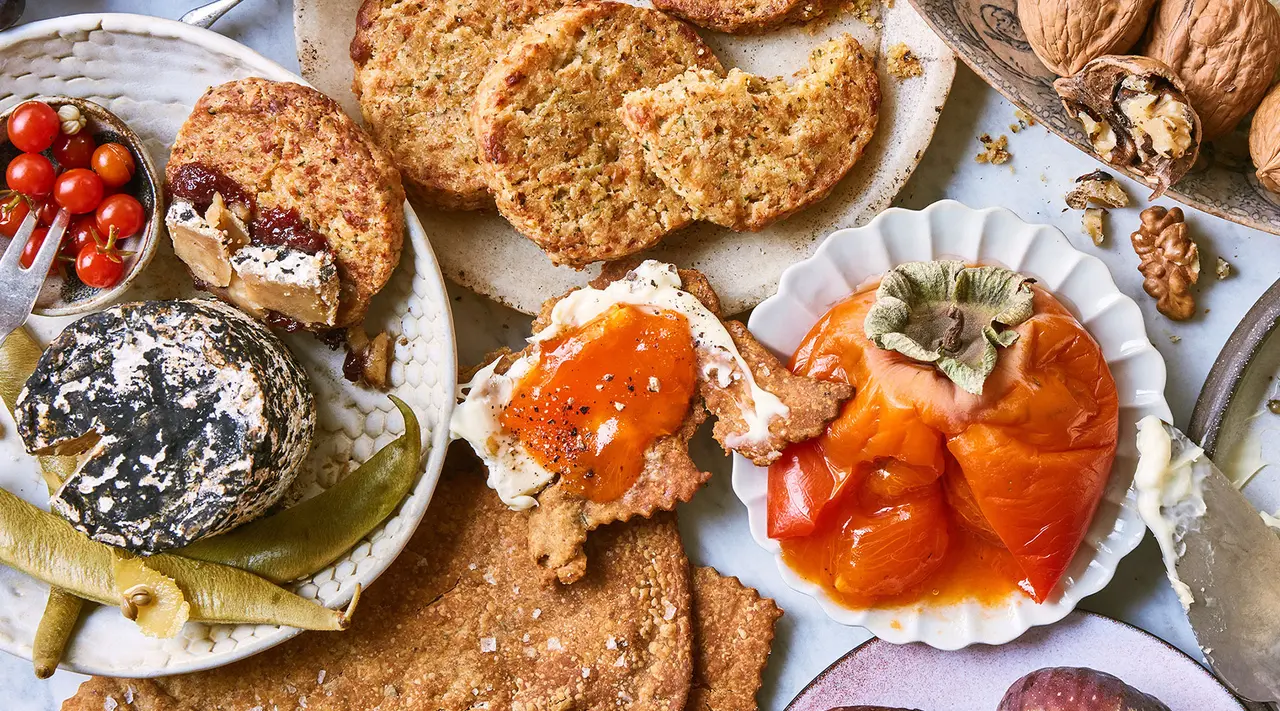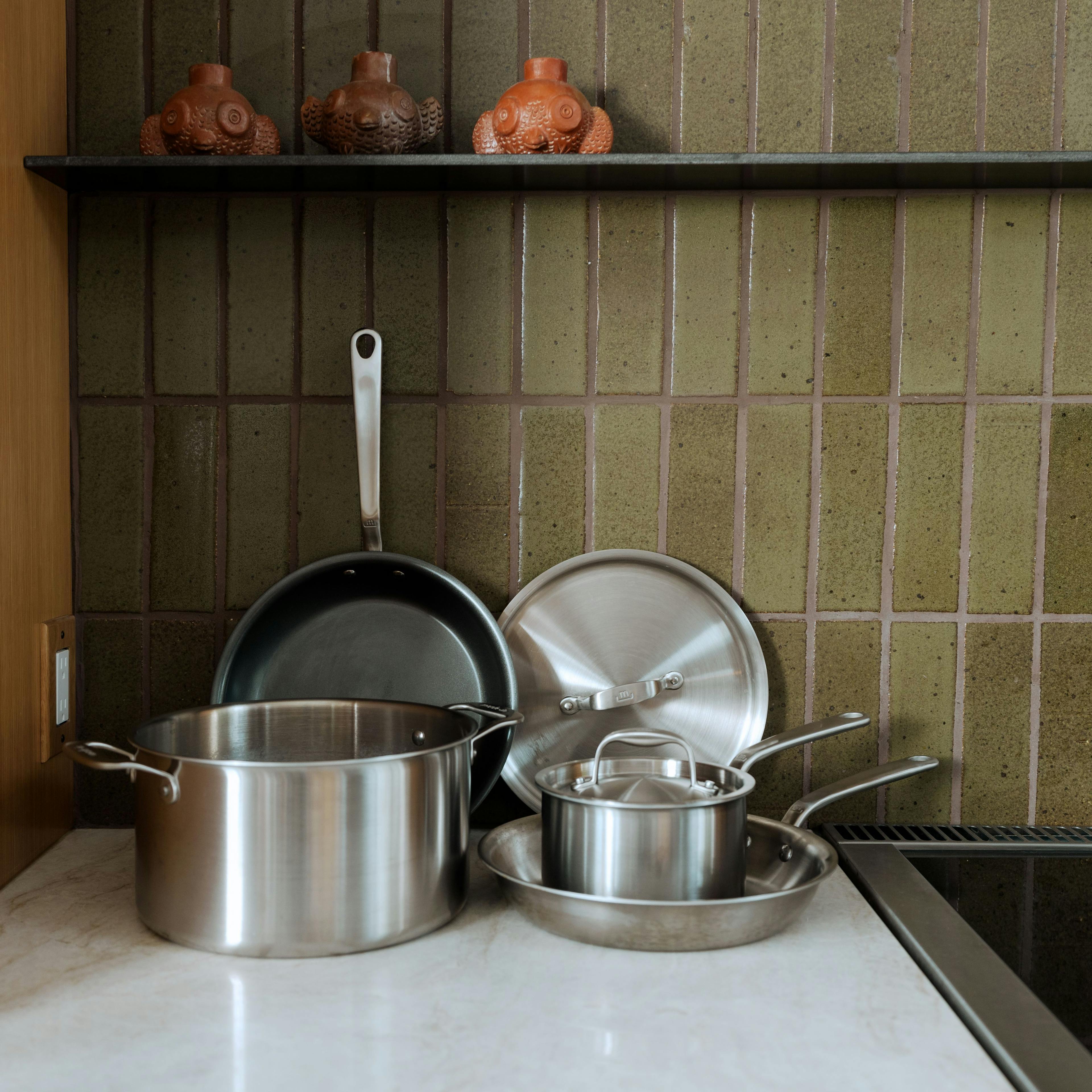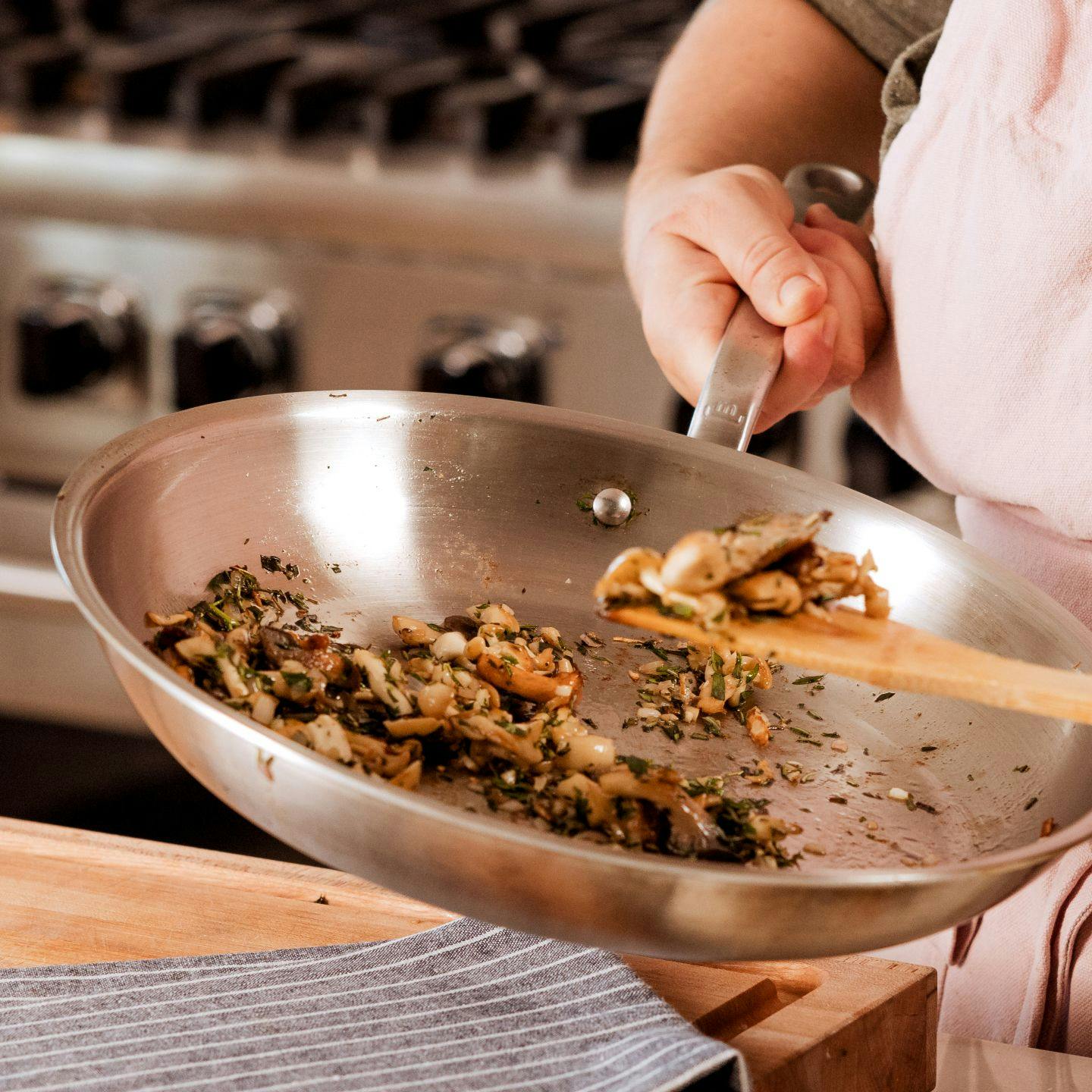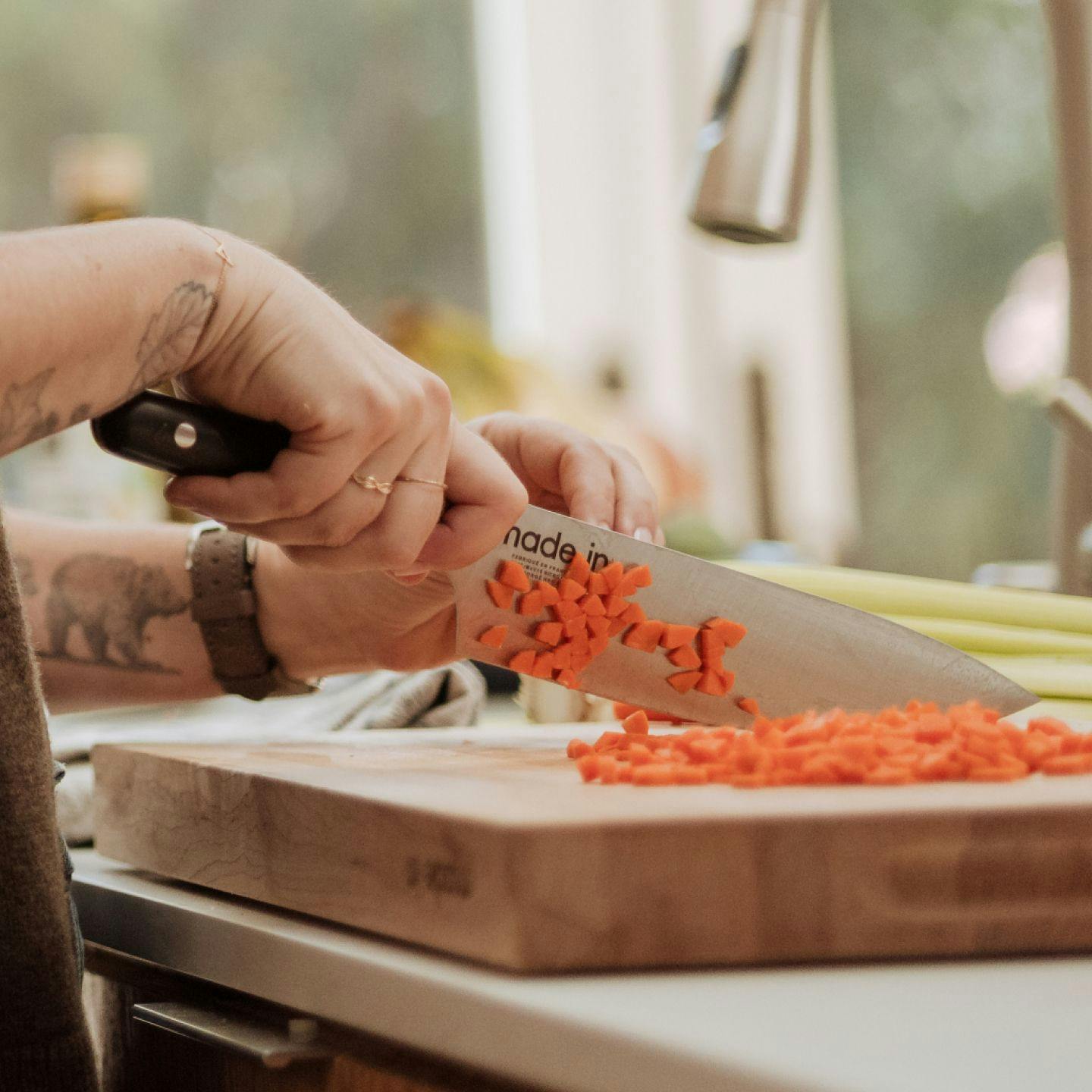Wine, as industry leader and Wine Unify Executive Director Alicia Towns Franken reminds us, is subjective. How you perceive wines and which ones you enjoy will depend on a combination of genetic and environmental factors, and over time your palate will inevitably evolve. So, where do you start?
Like anything else, the best way to learn is through practice—glass by glass, you’ll learn what you enjoy and what you can do without. But to kick things off on the right foot, Alicia is sharing a few options that any wine novice can appreciate and enjoy.
How to Choose Wines for Your Palate

“Palates are personal,” Alicia says, just like anything else. Yet while we feel confident in things like our summer fruit or pizza topping preferences, when it comes to wine, we don’t trust ourselves.
But if you don’t know where to start or how to articulate your tastes, Alicia has a simple workaround: “Back when I was selling wine, I’d always ask guests, ‘What foods do you love?’” The flavors and ingredients you enjoy most will point you in the right direction—or at least, they’ll give a wine purveyor enough information to point you in the right direction.
Other factors to consider include the weather, time of year, your mood, and the menu—among an infinite list of other things that Alicia didn’t have time to cover. You’ll learn to navigate these and choose a wine accordingly as you explore the wide world of wine.
The Best Wines for Beginners
Having built a career around democratizing wine, Alicia doesn’t really want to name a “best” wine. However, “There's a range of wines I would give to someone trying wine for the first time,” she owns. “And there's a range of wines I would not. For example, I would never give someone who's drinking wine for the first time a big fat Cabernet with lots of tannins. It's just too drying, too stringent—too much.”
If you’re just beginning to explore wine, ease in with friendly and crowd pleasing wines. Here are a few Alicia recommends.
When in Doubt: Champagne

“What would I give someone for the first time? Me personally, I'm giving you Champagne,” says Alicia. Anyone familiar with Alicia’s work will be unsurprised. “During the pandemic, I had a glass of Champagne every single day,” she reminisces. “It's like an adult popsicle.”
A celebratory medley of chardonnay, pinot noir and pinot meunier grapes, it’s light, sparkling, and fun to drink, even outside of special occasions. Like buying yourself flowers or booking a massage, it’s un petit luxe.
What else is there to say? No one’s ever needed to be pitched on Champagne.
Easy Going Grapes: South African Chenin Blancs
Though they’re most typically associated with France’s Loire Valley, South Africa’s varied geography makes for a diverse range of chenin blancs. Wine Enthusiast describes “Cool-climate selections [that] showcase zippy acidity and notes of citrus peel, while those from warmer appellations offer a broader mouthfeel and ripe melon or apple characteristics.” There are also more mineral bottlings, and those with herbal undercurrents evoking the shrubby Cape terrain.
Soon, Alicia will have her own South African chenin blanc, available from the forthcoming Towns Wine Co. label. Keep an eye out for the limited release, available in select bottle shops in Boston and New York City only.
Dry, Not Boring: Sauvignon Blanc
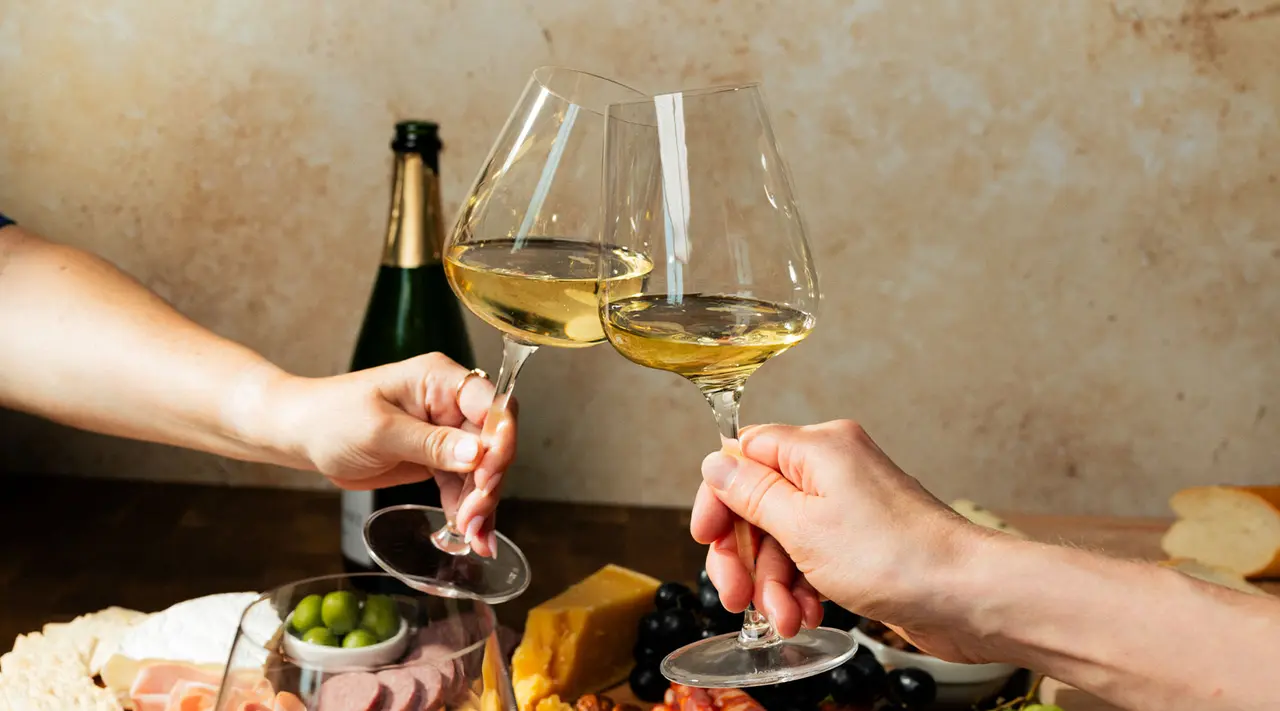
Most people will have heard of sauvignon blanc, the dry white wine made from grapes native to southwestern France. Using this single variety of Old World fruit, winemakers produce herbaceous, tart, and crisp bottles that lean more acidic, grassy, or mineral depending on where they’re made. It’s commonly produced in California, Chile, and New Zealand, the lattermost of which is quickly taking the lead—and encouraging a global market of wine lovers to drink more sauvignon blanc.
Something Sweet: Moscato d'Asti
“If you like sweeter things, I'm gonna give you Moscato d'Asti,” says Alicia. “Those are really fun and tasty.”
But perhaps not quite so trendy. “People were made to believe that sweet wines aren’t good, and that's just not true,” says Alicia. “Some people like sweeter wines, and that's okay. Humans like sweet things.”
Don’t let the anti-sweet wine propaganda deter you. Moscato d'Asti is an incredibly drinkable low-alcohol dessert wine, bad PR aside. Named for its musky smell, this DOCG protected wine is golden in color and, if not exactly popular yet, it’s certainly getting there.
To Impress Others: Txakolina
“I also like a Spanish wine called Txakolina. It's lower in alcohol, about 11%,” says Alicia. “Drinking from the porron is always fun, and it’s especially delicious when it's hot outside.”
Pronounced cha-cuh-LEE-nah, it’s another sparkler—this time from Basque Country in northern Spain. Fizzy, fresh, and well off the beaten path of wine, it’s traditionally poured from high above the glass, gracefully arching into the bowl or straight into your mouth.
According to The New York Times, it’s found almost exclusively in the relatively small autonomous zone that shares just about 10 kilometers of border with France. Yet here in the States, it’s increasing rapidly in popularity—between 2001 and 2006, Txakolina imports to the US increased by over 500%. By 2009, imports increased by another 45%.
“Almost all of it is drunk in the summer months, mostly in restaurants where enthusiastic sommeliers preach the culinary benefits of zesty, high-acid whites,” writes Eric Asimov, the Times’ wine critic.
Ready to Sip?
Each of these approachable styles offers the perfect introduction to wine—simply grab a bottle (or two) and savor it. All you’re missing is something to pour into.
